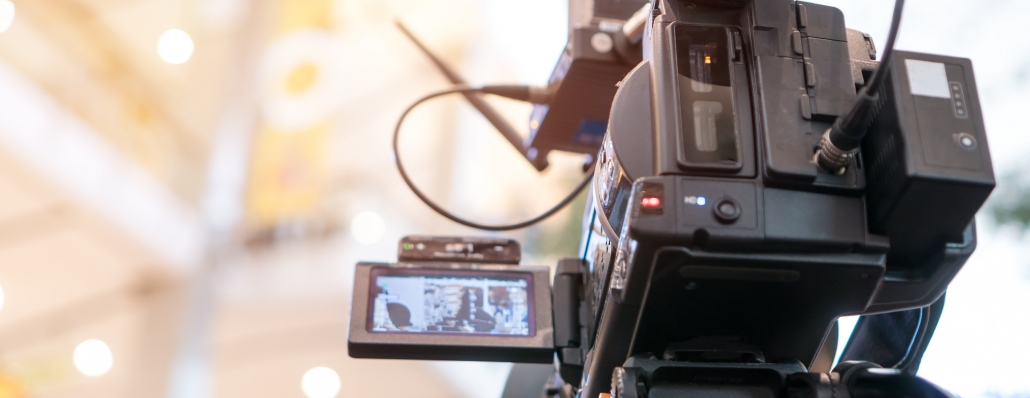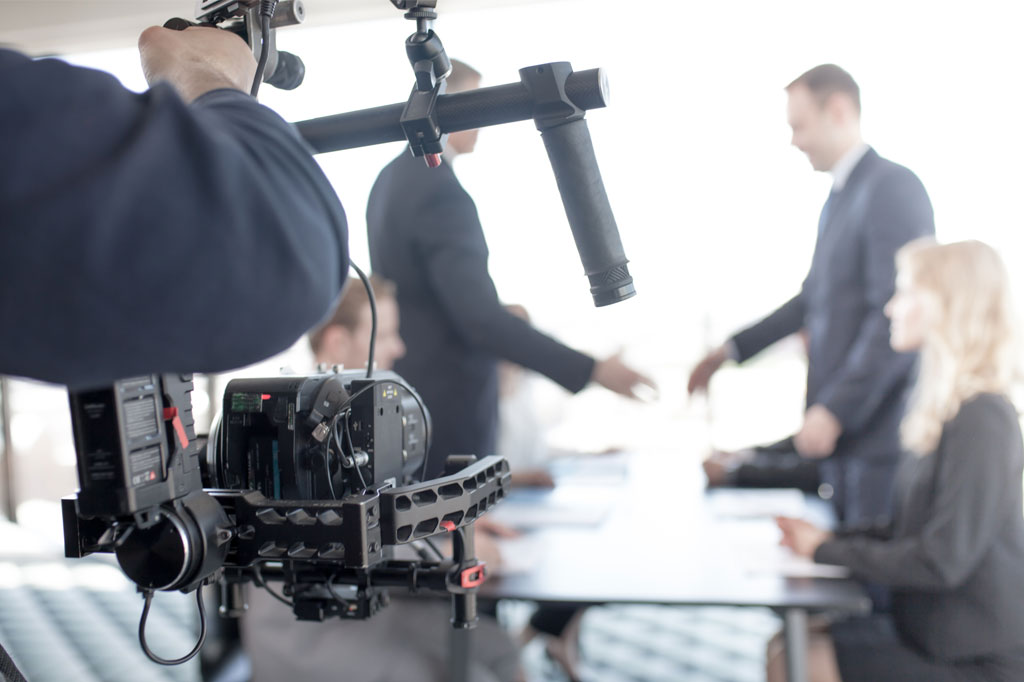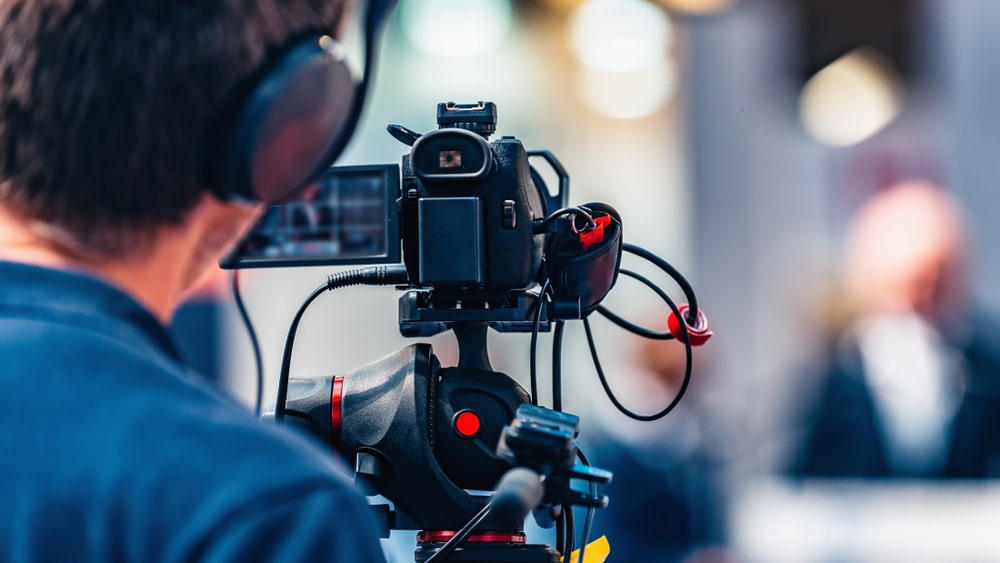The Role of Legal Videography in Depositions and Tests
Lawful videography has actually emerged as a vital device in both depositions and tests, giving a multifaceted approach to documenting witness testaments. By capturing not just the talked word but likewise the nuances of non-verbal interaction, this medium enhances the credibility of testimonies and maintains vital proof for future process (legal videography). As lawyers progressively identify its value, it prompts a much deeper exam of exactly how these aesthetic documents can affect juror perceptions and trial end results. What effects might these growths hold for the future of lawful technique?

Significance of Legal Videography
Legal videography plays a critical role in the documents and presentation of depositions and tests. This specific field combines technological abilities with lawful understanding to develop a reliable document of procedures that can substantially influence situation end results. The visual element of lawful videography improves the understanding of witness testimony, allowing jurors and judges to observe not just the spoken words yet likewise the behavior, feelings, and body movement of the witnesses.
Furthermore, legal videography offers an objective account of events, minimizing the potential for misinterpretation that can accompany created records alone. This aesthetic paperwork serves as a vital device during trial discussions, promoting a more clear and more convincing narrative for both complainants and offenders. Moreover, the capability to replay video segments throughout court procedures allows legal groups to highlight bottom lines, enhancing their arguments effectively.
The value of legal videography extends past the court; it also plays a vital duty in protecting evidence for future reference, whether for appeals or further lawsuit. Its integration into the lawful process is necessary for guaranteeing a fair and exact representation of the facts, eventually adding to the quest of justice.

Process of Legal Videography
While capturing the subtleties of depositions and trials, the process of legal videography entails several critical steps that make certain high-quality, precise recordings. A specialist lawful videographer prepares by assessing the case materials and recognizing the certain demands of the deposition or test. This prep work consists of acquainting themselves with the participants and the context, which aids in catching significant details.
On the day of the recording, the videographer establishes the required devices, which typically consists of high-def cams, microphones, and proper lights. Guaranteeing optimum angles and audio quality is important, as it directly impacts the performance of the recording. The videographer interacts with attorneys and individuals to develop protocols, guaranteeing that everybody recognizes the recording procedure.
During the deposition or test, the videographer thoroughly tape-records the proceedings, paying very close attention to both verbal and non-verbal signs. This consists of catching the attitude and reactions of witnesses and attorneys. After the session ends, the videographer may edit the video for clearness and compliance with lawful requirements, producing a last product that accurately mirrors the procedures for future reference and usage in legal contexts.
Benefits in Depositions
The unification of videography in depositions provides numerous benefits that enhance the total process of collecting evidence. One primary advantage is the ability to record witness statements with aesthetic and auditory integrity, supplying a more precise representation of the witness's temperament, tone, and body movement. This multidimensional approach enables attorneys and juries to analyze reputation a lot more efficiently than typical written transcripts alone.
In addition, videographed depositions function as an effective tool for maintaining statement. Should a witness come to be unavailable for test, their tape-recorded deposition these details can be played in court, making certain that their evidence stays obtainable and appropriate. This facet substantially reduces the danger of shedding crucial info that can impact case results.

Finally, videography improves the general professionalism of the deposition procedure, instilling self-confidence in customers relating to the thoroughness of their lawful representation (legal videography). By leveraging innovation, legal professionals can significantly boost the performance of depositions
Influence on Tests
In lots of trials, the integration of videography can significantly affect the discussion of proof and the jury's understanding. Legal videography records witness statements and crucial evidence in a vibrant format, enabling jurors to engage with the material on numerous degrees. This visual component enhances the narration element of a test, providing context and psychological resonance that traditional text-based evidence might do not have.
Additionally, video recordings can act as effective devices for impeachment during interrogation. When disparities emerge between a witness's previous declarations and their court testimony, video clip proof provides an unbiased recommendation that can persuade jurors' viewpoints. This immediacy and quality can bolster the reliability of a celebration's narrative while all at once undermining opposing debates.

Future Trends in Legal Videography
As we look towards the future of lawful videography, a number of emerging trends guarantee to reshape its function within the courtroom. One significant trend is the integration of expert system (AI) in video clip evaluation and editing. AI can simplify the procedure of identifying key minutes in tape-recorded depositions, enabling attorneys to quickly access appropriate content, consequently enhancing effectiveness in case preparation.
Additionally, the increase of digital reality (VIRTUAL REALITY) and enhanced fact (AR) innovations is expected to transform how jurors experience evidence. legal videography. By submersing jurors in a simulated atmosphere, these technologies can offer a much more extensive understanding of complex circumstances, leading to more educated considerations
Furthermore, the enhancing demand for remote depositions, sped up by the COVID-19 pandemic, will likely proceed. Lawful videographers will require to adjust to brand-new software program and systems to ensure top quality recordings in virtual settings.
Last but not least, the expanding focus on information safety and security will require stricter protocols for storing and sharing video clip proof. As the lawful landscape progresses, lawful videographers should remain abreast of these trends to keep their significance and efficiency in he said the judicial procedure.
Verdict
In summary, lawful videography offers an important feature in the judicial process, boosting the honesty of depositions and tests. By catching the nuances of witness testaments, this medium not just maintains important proof however also aids in presenting information successfully to jurors. The relevance of visual documents in reviewing integrity and promoting interrogation can not be overemphasized. As technology continues to progress, lawful videography is poised to more change its role within the legal landscape.